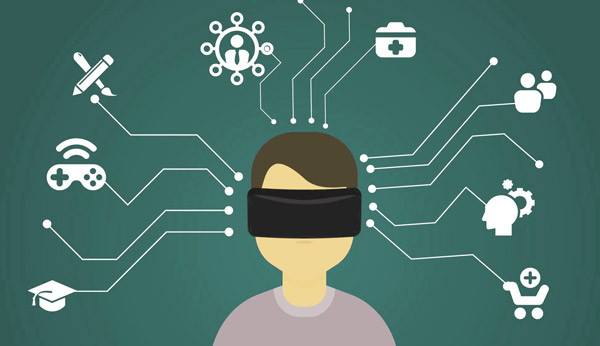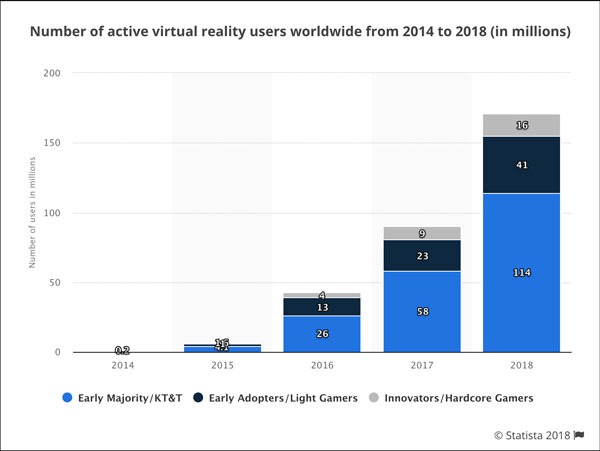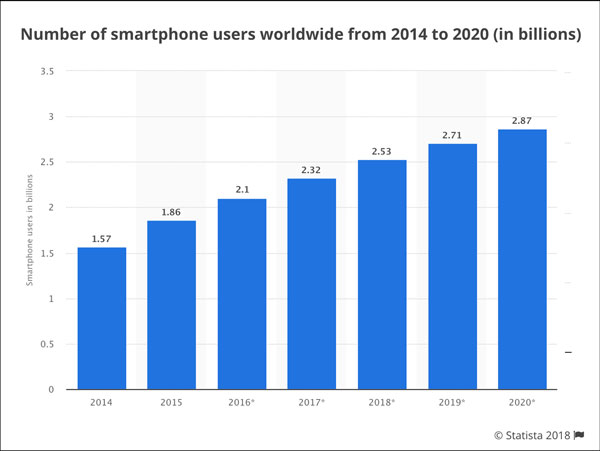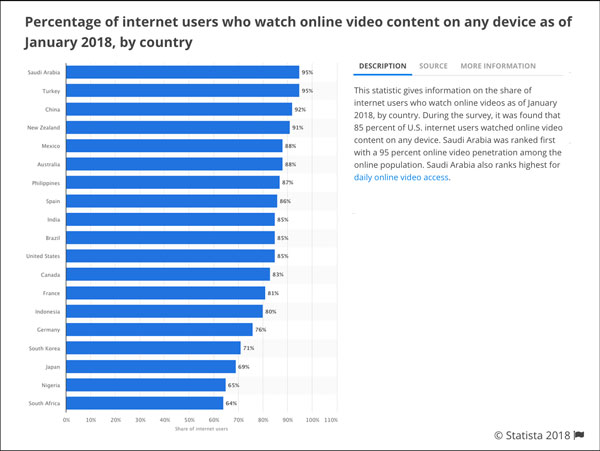5 MINUTE READ
Over the last few years, we have heard a whole lot of talk about virtual reality. The recent arrival of HD headsets and VR editing software has led to the development of impressively realistic virtual reality games and simulations. Naturally, this has gotten many people excited as they imagine the potential uses for VR in their own industries.
The hospitality industry is no stranger to virtual reality content, having embraced the “360 virtual tour” for well over a decade. This method of stitching high-resolution photos together may provide a complete view of an area, but compromises in the way of visual distortion and overall blandness. 360 imagery often gives the impression you are seeing the space as a goldfish trapped in a bowl – stuck in one spot with a fisheye view.

Today’s VR technology is improving at a rapid pace with companies like Oculus, Google, and Microsoft devoting significant resources towards research and development. With all of the latest improvements in virtual reality, it might seem that 2018 is the right year for hotel marketers to invest in VR videos. As a result, a handful of our clients have asked us questions about VR video production. We decided to take a closer look at the state of the virtual reality market to better answer their questions, and what we learned surprised us.
Here are three reasons 2018 is NOT the year to invest in VR video content for your hotel:
Today’s VR audience is tiny
As a product, consumer VR is still very much in its infancy. This means that the current VR audience is still primarily composed of innovators and early adopters. The early majority has yet to begin experimenting with virtual reality. This can be seen in the fact that most virtual reality content centers around gaming, with a passionate core of VR enthusiasts driving the growth of the industry.
As a product, consumer VR is still very much in its infancy. This means that the current VR audience is still primarily composed of innovators and early adopters. The early majority has yet to begin experimenting with virtual reality. This can be seen in the fact that most virtual reality content centers around gaming, with a passionate core of VR enthusiasts driving the growth of the industry.
VR video production is still expensive and problematic
Being that VR video is still so new, the current technology presents challenges in the way of cost and performance. First of all, editing VR video takes considerably more time than editing traditional 2-D video. This results in higher production costs and slower turnaround for clients that are already accustomed to a faster digital editing process.
Formatting difficulties are also inevitable in an industry where hardware and software standards have not been firmly established. This can lead to inconsistencies with image stitching, processing speed, and playback. If you’re going to experiment with VR video in 2018, you should expect to pay a lot more money for less digital content than you are accustomed to receiving. Whether this is an effective use of a hotel’s limited marketing budget is dubious, at best.
Competition from existing and emerging technologies
Virtual reality does not exist in a vacuum, and it needs to compete with a host of other technologies for people’s attention. The most notable competitor today is 2-D online video. The rise of social media along with the widespread use of smartphones has led to a tremendous increase in online video viewership. In fact, as of January 2018, 85% of U.S. internet users report watching online video content. That’s a big difference from the 2% worldwide who are estimated to be using virtual reality in the same year.
Another important factor to consider is the emergence of competing technologies like augmented reality and mixed reality. These approaches don’t rely on expensive VR headsets, allowing users to interact with virtual objects in their real environment through a smartphone or tablet. This compatibility with existing technology has enabled faster growth for AR in particular, with apps like Pokemon GO and Snapchat finding mainstream success as early as 2016.

Our team is excited to see what the future holds for virtual reality, augmented reality, and mixed reality. As each technology matures, we will be eager to embrace those techniques that deliver the best ROI for our clients. However, caution demands we wait for the dust to settle before making significant investments in either technology.
Traditional 2-D video is still the most popular method of entertainment around the world. It reaches users on their smartphones, computers, and smart TV’s. When working with a limited hotel marketing budget, it is vital to invest in campaigns that will reach the widest possible audience. Today, the world is watching 2-D online video. Until that changes, traditional video is still the best investment.
About Accommovision
We take a holistic approach to hotel video marketing by providing our clients with all the content and tools they need. After producing brand videos of the highest quality, our clients can request a video archive full of captivating stock footage for use in later projects. Our ongoing editing support means your video content will never go to waste, and we will always be available for updates and special promotions. For more information on our services, simply contact us.


